SKunk Removal Calgary
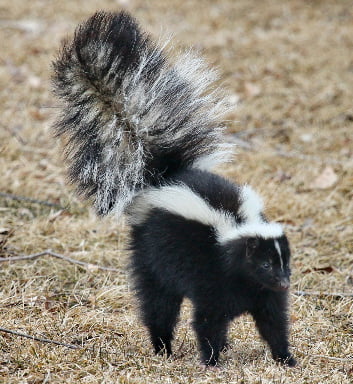
Calgary Skunk Control
We are Professional Skunk Removal in Calgary and area. As you know, the. Striped skunk is a furbearing animal belonging to the weasel family. A skunk is slow, deliberate, and almost clumsy in movement. Let is about the size of a house cat. The skunk has a black body, narrow white stipe up the middle of its forehead, and a broad white area on the nape which usually divides into a V at about the shoulders. The stripes may extend along the tail with considerable variation in width and extent. A skunk weighs from 1 to 5 kg. Skunks breed during late February and March. One male usually mates with several females. The male does not stay with the females after this. Each female leaves the winter den and searches for her own maternal den. This den is used in May and June when the young are born. The gestation period is 9 – 10 weeks. Skunks breed in their first year of life and will produce a single litter of 4 to 7 young per year. At birth the young are helpless, blind and nursed in the den for about six weeks. After six weeks the young hunt with their mother until fall. They disperse in late fall and move up to 50 km, but more often only 6-10km. Skunks are efficient in repopulating areas. A depopulated area will reach its previous level within two years. This is achieved because of a high reproductive rate and a skunk’s behaviour of moving in from more heavily populated areas.
Complaints Due to Skunk
Although the striped skunk is usually a beneficial species because it eats insects and rodents, at times it is a carrier of rabies. If you have skunk problem, it is more likely you will smell persistent, faint musky smells under a building or woodpile. You may find small, shallow holes in the lawn, similar to those made by squirrels, which are a result of a skunk foraging for grubs. Occasionally, you may even find plants knocked over or damage to the lower leaves or ears of ripening garden crops, including corn. They live under a shed or deck of your home. Skunk is known for its strong and stinking smelly spray. It can also cause intense discomfort if it gets into a person or animal eyes. For effective skunk removal, contact your pest control service technician at Pestica Green Pest Control Calgary for free consultation and help.
Calgary Skunk Removal
Skunk Prevention Service
1-800-691-2893
403-708-3024
Pestica Green
Pest Control Calgary
Calgary Skunk Exterminator
How We Control Skunk
- Technician will start by checking the exterior of your home to find burrows, which skunk uses to enter its den
- Technician may set up or place a trap with preferred bait near the entry or exit point of burrow because this is the ideal to trap skunk
- Extreme caution and safety is exercised when implementing control measures including strategically placing trap in areas that are as inaccessible (to people & pets) as possible
- Within 7 days, when skunk is trapped, technician will relocate it 20 km from your home, and uncover the door end of the trap, open the door, and back quickly away until the skunk leaves the trap
- Trapping will be done after ensuring that there is no baby skunk in the den
Calgary Skunk Removal
Skunk Prevention Service
1-800-691-2893
403-708-3024
Pestica Green
Pest Control Calgary
Calgary Skunk Exterminator
Pestica Green Pest Control Has
A Privilege Of Membership With Leading
Pest Control Industry
Professional Organizations
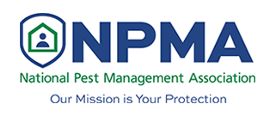
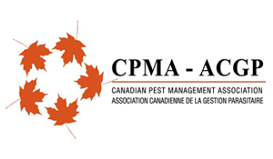
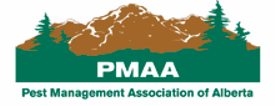
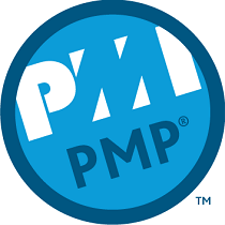

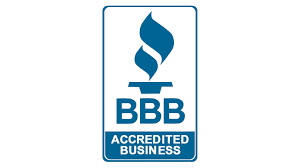
Quality, Not Quantity, Google Reviews 100%
From Our Customers
We are a top rated, 100% locally owned, operated & loved Canadian Pest Management Company in Alberta. Please review us on Google because your opinion matters for us.
To read our weekly posts about Pest Control Calgary, click here.

Frequently Asked Questions
About Skunk Removal in Calgary
Where do mostly skunks live?
Skunks occupy all kinds of habitat. Heaviest populations are in farmland areas. They prefer open fields with patches of available cover. Shelterbelts, woodlots, bushy fence rows, ditches, tall grass or weeds, rock piles, brush piles, or anything that adds cover to open areas enhances this habitat. Skunks use rock piles, ground burrows, old buildings, dry culverts, or openings beneath buildings for dens. Skunks are not disturbed by man’s presence or activities.
What do skunks eat?
Skunks are omnivorous. They eat grubs, insects, small rodents, snakes, frogs, carrion, fruit, grain, berries, mushrooms, bird’s eggs, nestlings, and garbage. They are attracted to foul smelling food. During fall and winter, skunks eat about equal amounts of plant and animal matter. During spring and summer, the amount of animal matter is much greater since insects are more available.
How does skunk spray or scenting?
Skunk has two scent glands, one on each side of the anus. “Scenting” is done by contraction of the muscles around the scent glands with the tail in the upright position. Skunk musk is discharged through two ducts that allow the skunk to adjust the spray to a mist or stream, to direct it at a specific target, and to deliver it up to 20 feet. Let is used defensively when they are alarmed or threatened.
What is skunk musk?
Sulphur containing compounds called thioacetates and thiols are the major components of skunk musk. Humans can smell skunk musk in concentrations as low as one part per billion. . They are similar to hydrogen sulfide (rotten egg gas) and the gas is used as an odorant in natural gas.
Is skunk musk dangerous?
Yes, it is dangerous. Skunk musk causes watering of the eyes, nasal irritation and nausea and can cause temporary blindness if sprayed directly into the face. Let may cause breathing difficulty for persons with respiratory problems.


